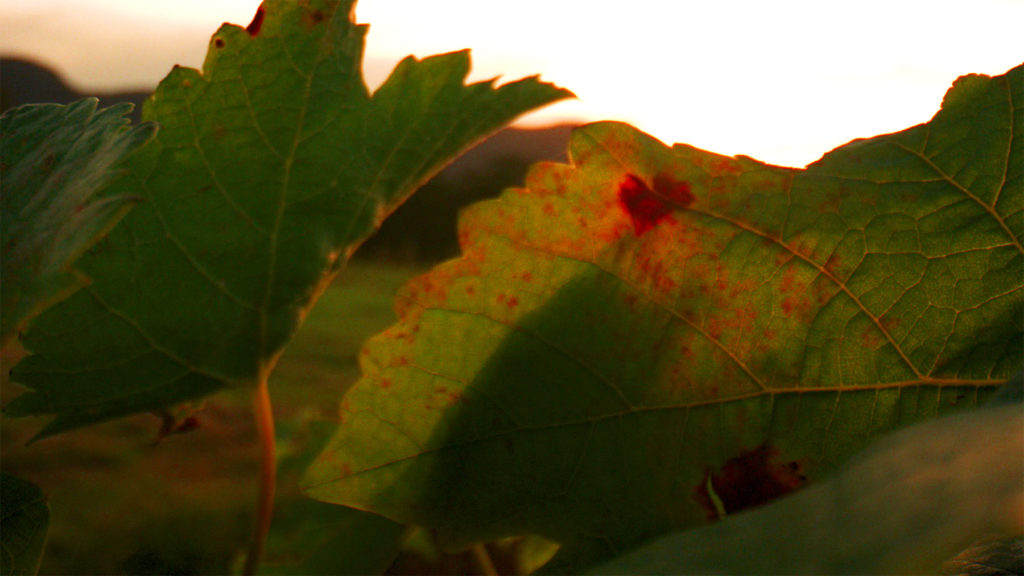Having arrived from England four years previously, Edward Tyrrell takes up a concessional allotment of 320 acres of prime Hunter Valley land. He names the property “Ashmans” after his maternal grandmother’s ancestral home in Suffolk, constructs his first residence – an ironbark slab hut that still stands on the property today – and begins to plant Shiraz and Semillon vines. He harvests the grapes for his first vintage in 1864.
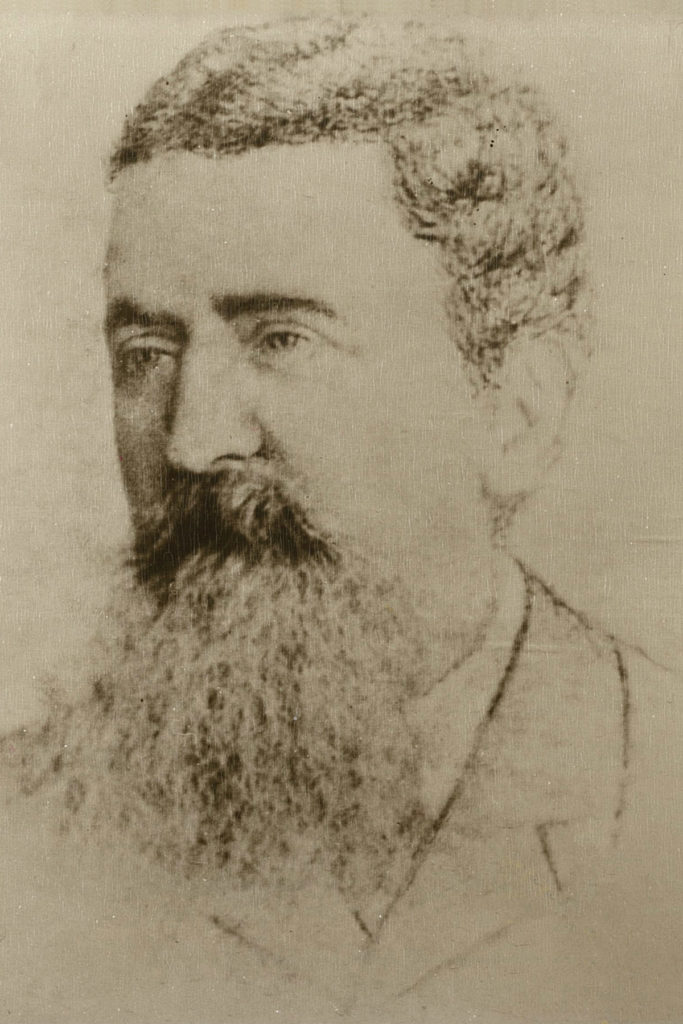
1858
1889
At the age of 18, Edward George “Dan” Tyrrell, the eldest son among Edward Tyrrell’s ten children, takes over as winemaker. Affectionately known as “Uncle Dan”, he would go on to officiate over an astounding 69 vintages. His efforts are aided by his youngest brother, Avery, whose meticulous approach to vineyard management provides the exceptional fruit that forms the backbone of Dan’s wines and the wines Tyrrell’s make today.
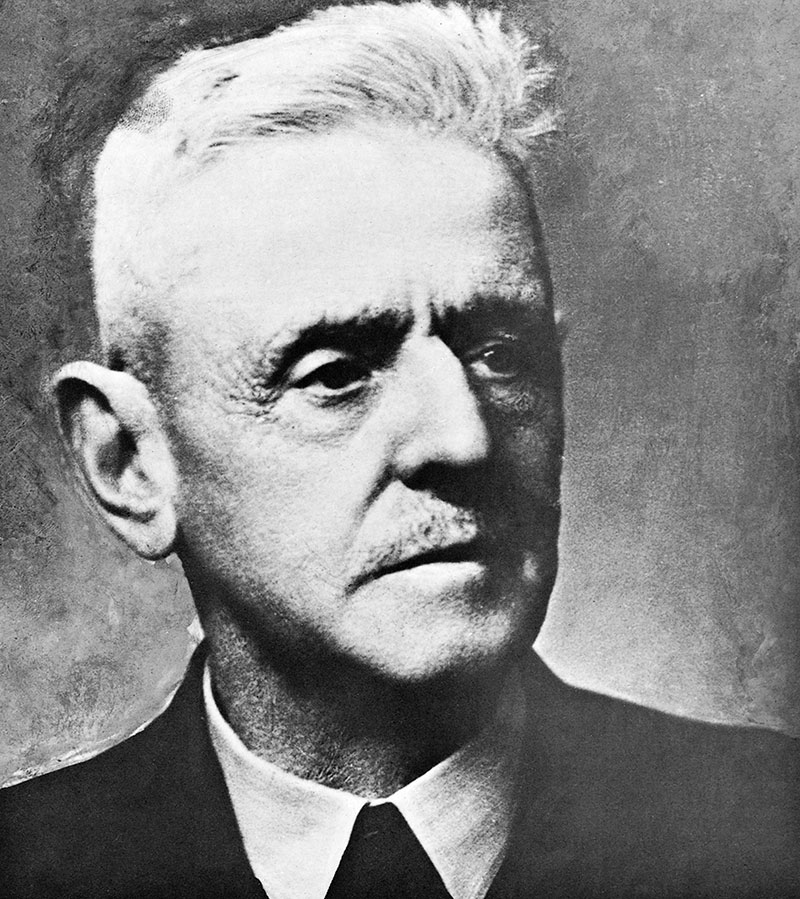
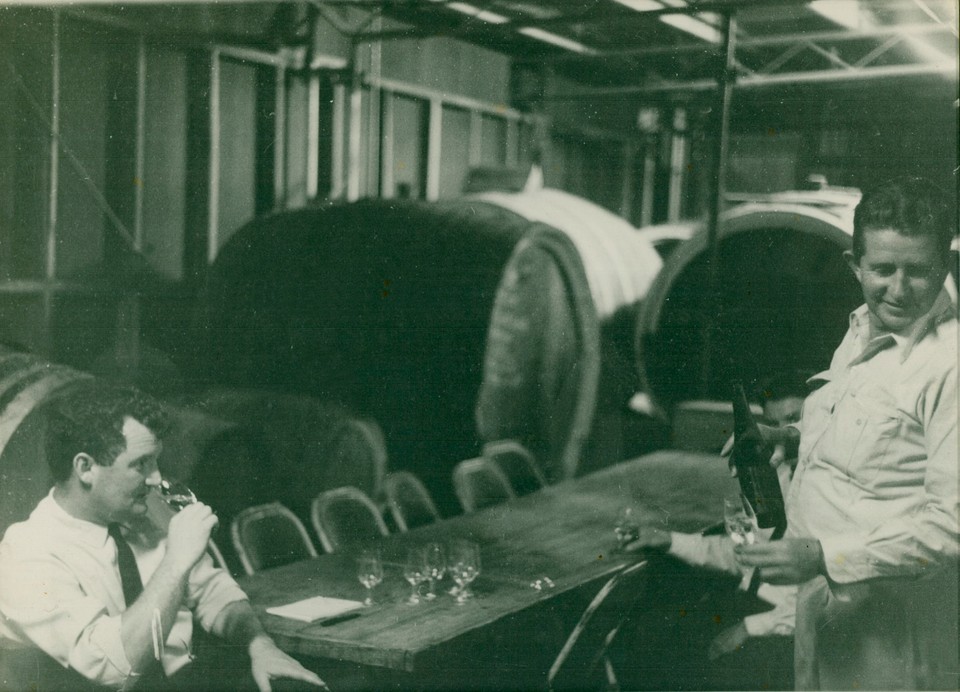
1959
Murray Tyrrell, Avery’s son, takes over the winemaking duties at Tyrrell’s, after having served in the Second World War and running a cattle business. He quickly sets about formalising efforts to build the value of Tyrrell’s wines, while also promoting visits to the winery for tasting and sales, paving the way for the Cellar Door as we know it today. In 1961, he creates the Private Bin system, where fruit from the best vineyard blocks is matured in individual oak barrels or vats, with the resulting wines named after the vats from which they came. Four years later, with the assistance of Australian wine legend Len Evans, he creates the Winemaker’s Selection range, which represents the very best wines of each vintage, beginning with the Vat 5 and Vat 9 Shirazes, Vat 8 Shiraz Cabernet and Vat 11 Dry Red.
1961
Tyrrell’s Private Bin Club, Australia’s first mail-order wine club, opens for business. Following devastating hailstorms in 1958 and 1960 that destroyed most of the crop, Murray begins to arrange for people to visit the winery, taste the new wines in barrel and pre-order them. This process eventually gives rise to the Private Bin Club, through which members gained access to small-production wines available only from the winery.
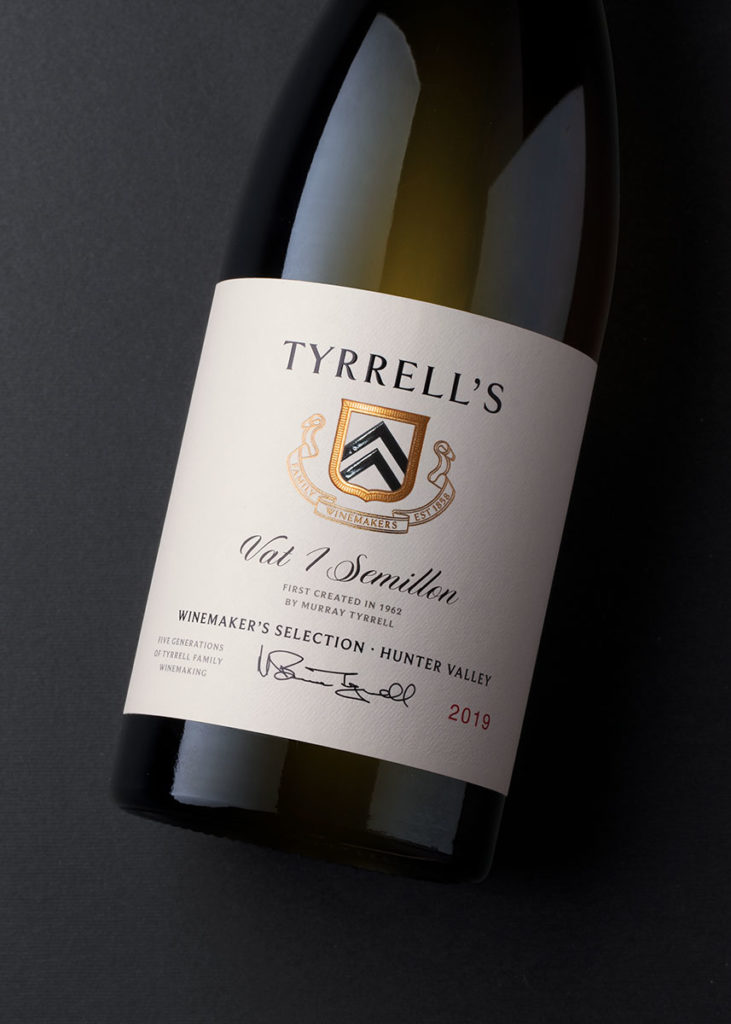
1963
The first Vat 1 Hunter Semillon is produced from grapes grown on the Tyrrell’s Short Flat Vineyard. Vat 1 has gone on to become Australia’s most awarded white wine, with almost 5,500 medals and more than 330 trophies, and is arguably the world’s finest Semillon.
1968
Murray plants the first Chardonnay vines on the Tyrrell’s property using cuttings from the Penfolds-owned HVD vineyard. The resulting wine, Vat 47 Chardonnay, becomes Australia’s first commercial Chardonnay when it is released three years later.
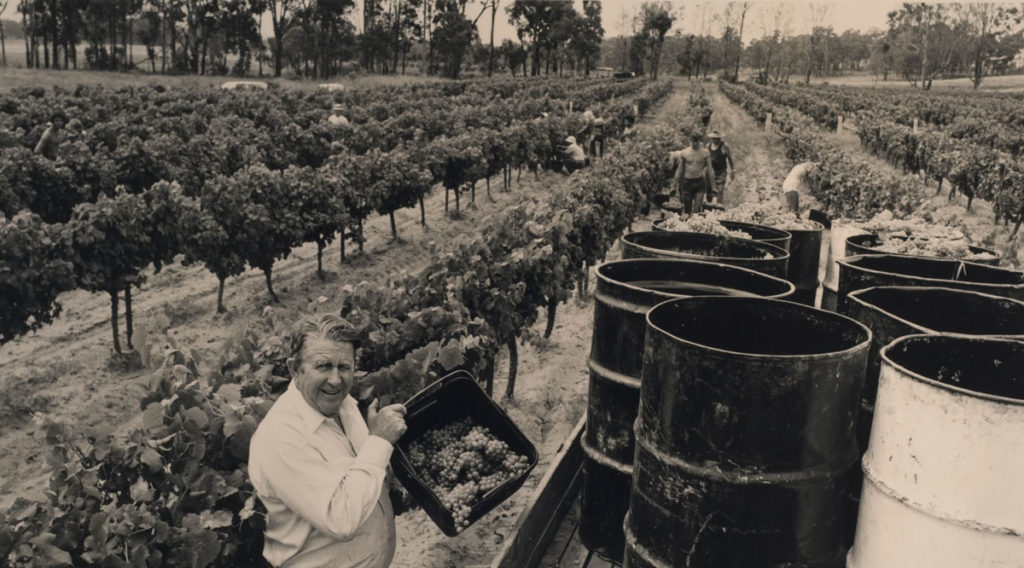
1972
Tyrrell’s sends its first export shipment to the USA – a container of 1,000 dozen. Today, Tyrrell’s exports 17,000 dozen-bottle cases to more than 30 countries each year.
1974
Bruce Tyrrell, Murray’s son, joins the company, aged 23, having graduated from the University of New England with a Bachelor of Agricultural Economics the previous year. In 2000, he takes over from his father as managing director of Tyrrell’s.
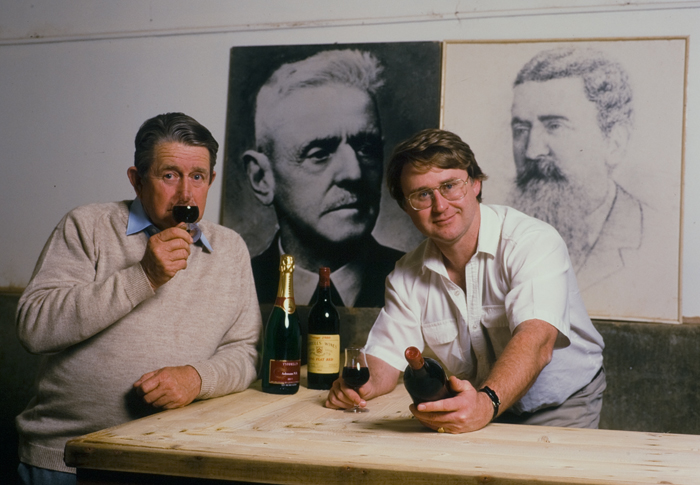
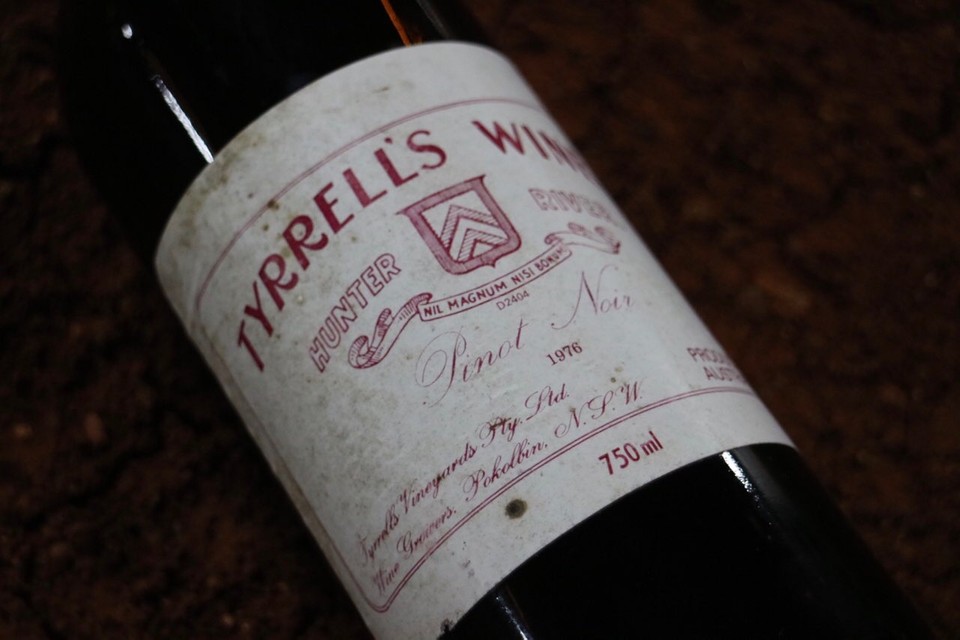
1979
Tyrrell’s wins the first Olympics of Wine in Paris, organised by the French food and wine magazine Gault-Millau. The 1976 Vat 6 Pinot Noir is acclaimed the best wine in the world, edging out some 330 wines from 33 countries. The award is a particular vindication as Tyrrell’s had pioneered the variety in Australia, planting two acres of Pinot Noir in 1972 – among the first commercial plantings of the variety in the Hunter region.
1980
Andrew Spinaze, a graduate of Roseworthy Agricultural College in South Australia, joins the company, just as it is beginning a significant growth phase. The following year, he is placed in control of all of the Chardonnay production at Tyrrell’s and in 1985, he is appointed assistant winemaker. After travelling to France in 1987 to fine tune his winemaking skills, Andrew becomes chief winemaker in 1989, overseeing all winemaking operations at both Tyrrell’s lower and upper Hunter wineries, with an overall crush of 4,000 tonnes. In 2004, Andrew is named Winemaker of the Year by Winestate and Gourmet Traveller WINE magazines, and Winemaker of the Most Outstanding Red or White Wine at the Adelaide Wine Show.
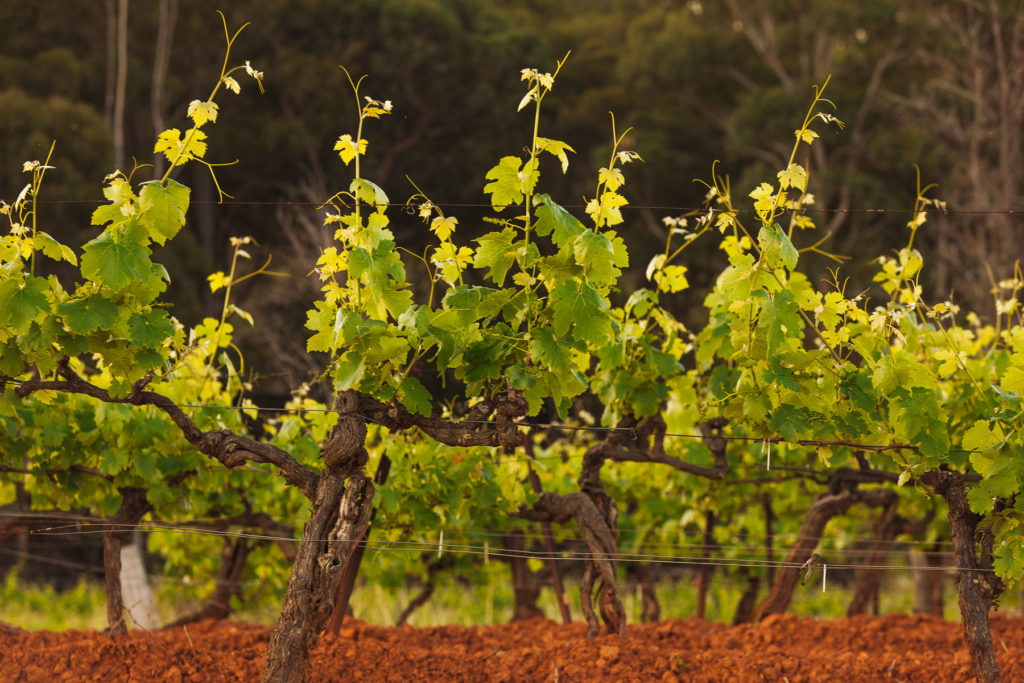
1983
Tyrrell’s celebrates 125 years of grape growing and winemaking with the release of the 1976 Pinot Noir and 1979 Anniversary Hermitage (Shiraz) from the 4 Acres vineyard. The same year, the first of Tyrrell’s single-vineyard wines, the HVD Hunter Semillon, is produced. Over the following years, the team at Tyrrell’s investigates how the location and soil of each of the company’s individual vineyards impart unique flavours to the wines they produce within the same varietal. Then, in 1992, Bruce Tyrrell strikes a grape-buying deal with the Stevens family, sealing it with a handshake. This move sets in motion a strategy of leasing, purchasing or entering into grape-buying arrangements with the very best vineyard sites in the Hunter Valley, eventually swelling the single-vineyard range to include nine premium Hunter Valley wines.
1986
Murray Tyrrell receives an Order of Australia medal for his services to the Australian wine industry. Often described as “larger than life” and affectionately known as the “Mouth of The Hunter”, Murray’s views on winemaking helped to shape the modern Hunter Valley and revolutionise the drinking habits of the Australian public.
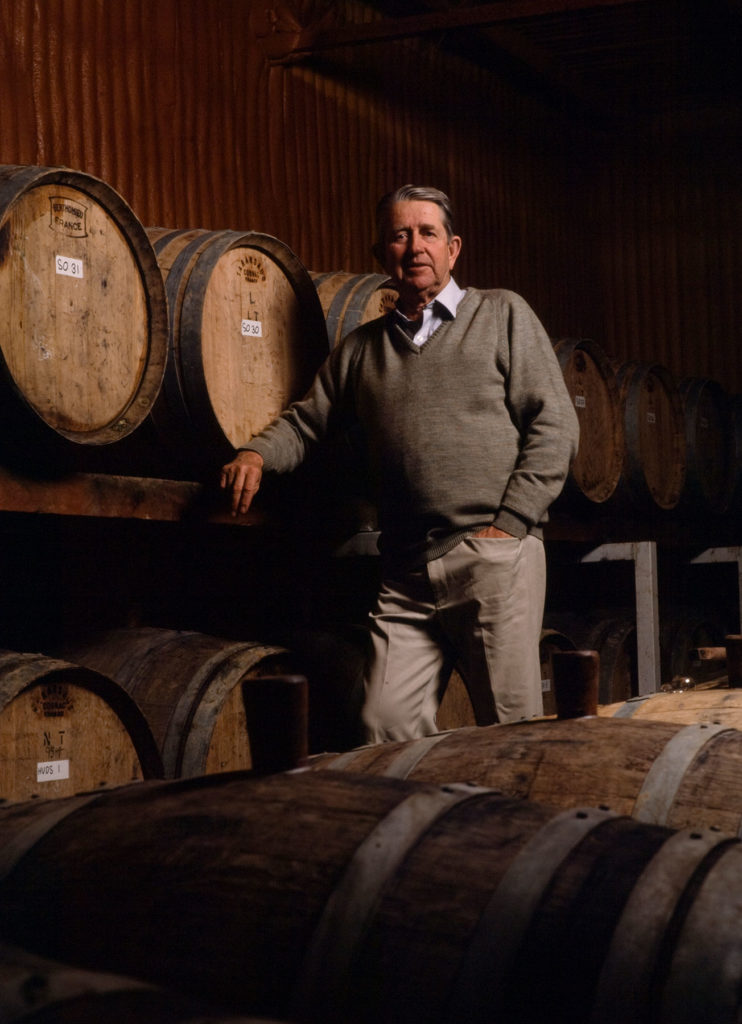
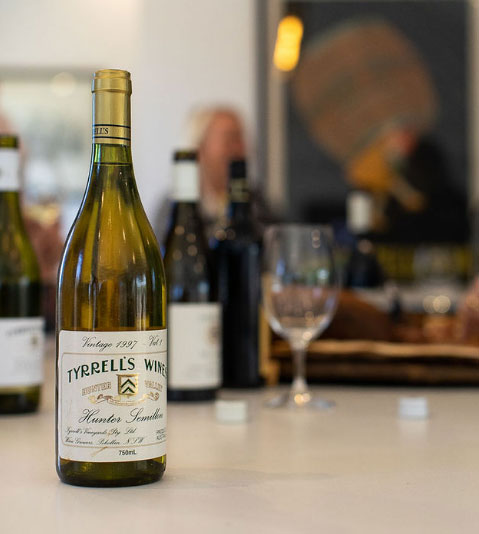
1989
Bruce Tyrrell hides 1,000 cases of Vat 1 Semillon from his father in the corner of the warehouse. When the wine is released in 1996, it introduces drinkers to the extraordinary change that Semillon goes through as it ages.
1993
Murray Tyrrell is awarded the Graham Gregory Award for services to the NSW wine industry.
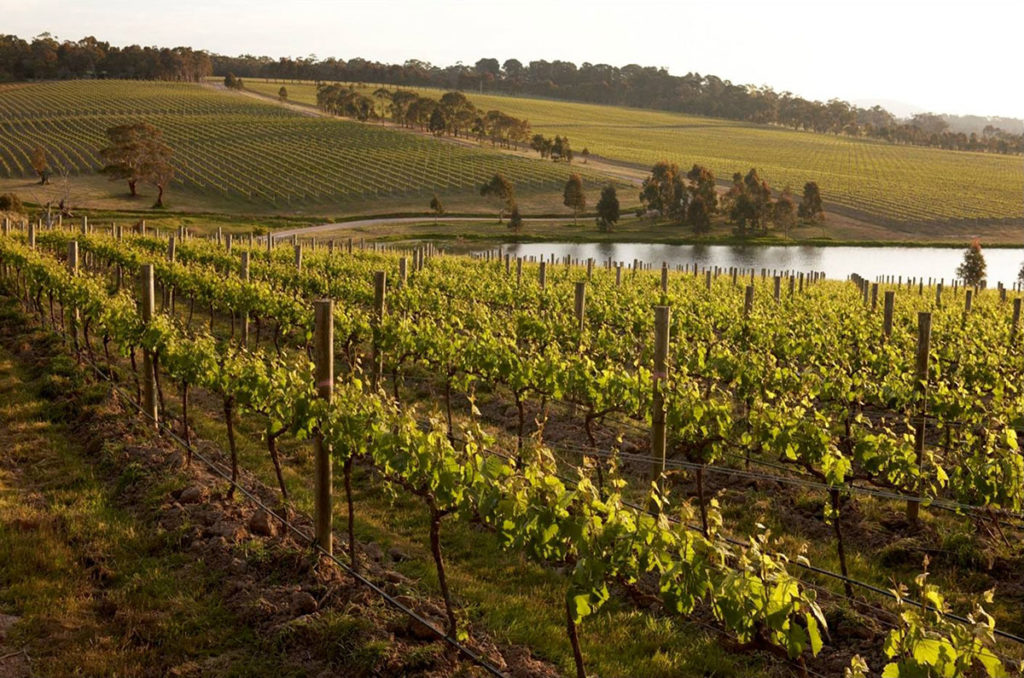
1994
Tyrrell’s purchases a 40-hectare vineyard in McLaren Vale, planted mostly to Cabernet Sauvignon and Chardonnay, and 32 hectares of wheat paddock in Heathcote, Victoria, where it begins to plant Shiraz vines for its Rufus Stone wines. The former vineyard has since been sold.
1995
Tyrrells purchases a share in the St Mary’s vineyard in the Limestone Coast/Coonawarra region. This vineyard has since been sold.
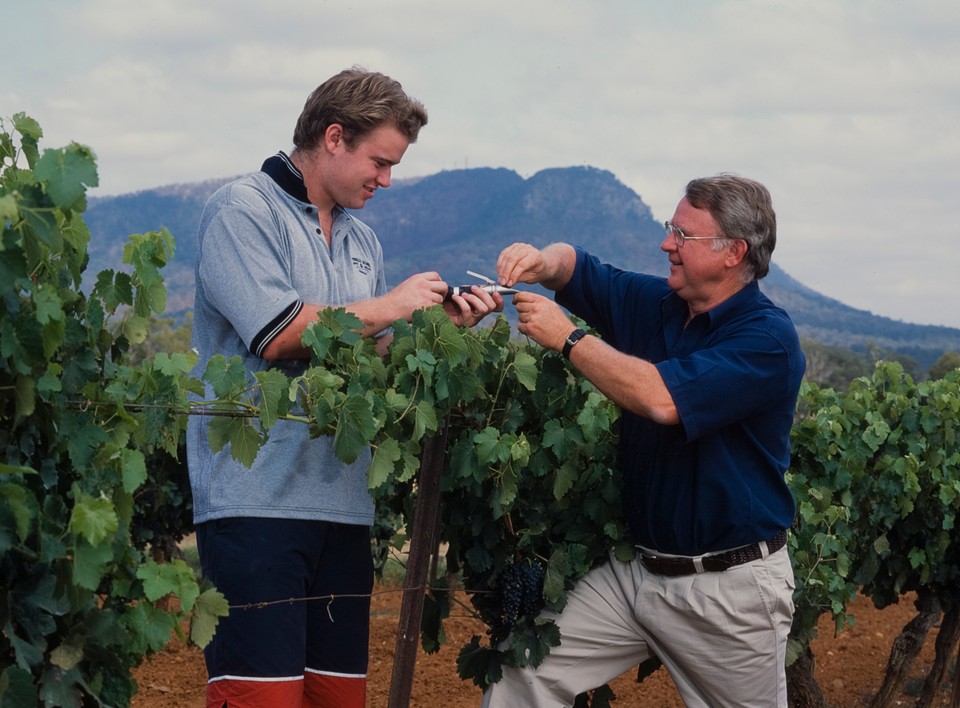
2001
Chris Tyrrell, Bruce’s youngest son, begins his winery apprenticeship with the first vintage after the passing of his grandfather, Murray. Working in the sales and marketing department between vintages, he starts work full time in the winery from 2005, acting as assistant winemaker from 2006 to 2014, before taking on the role of chief operating officer, overseeing all facets of production at the Hunter Valley winery and vineyard. In 2012, Chris is named Rising Star at the Hunter Valley Wine Industry Association Legends Awards.
2004
Bruce Tyrrell inaugurates the Sacred Sites range – wines made using only grapes from vines that are more than 100 years old and on their own roots. The origins of most of these vines lie in the Busby Collection – cuttings brought to Australia from Europe by James Busby and planted in the Hunter Valley in 1832. The Old Patch Shiraz, which is made using grapes from vines planted in 1867, making it the oldest vineyard in NSW, has three times been awarded a perfect 100-point score by renowned US wine critic James Suckling, for the 2017, 2018 and 2019 vintages.
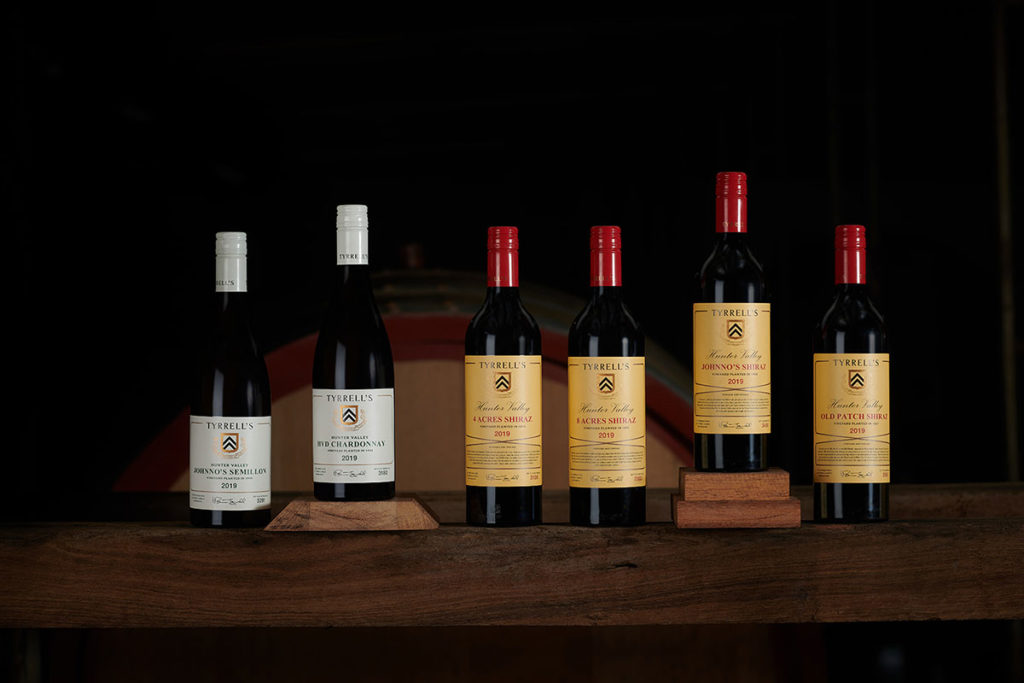
2006
Bruce Tyrrell receives an Order of Australia medal for his contribution to the Australian wine industry, in particular his efforts to improve grape quality and to support research, wine tourism and export opportunities for Australian wine. Three years later, he is named a Hunter Valley Living Legend at the Hunter Valley Wine Industry Awards.
2008
Tyrrell’s celebrate its 150th anniversary of grape growing and winemaking in the Hunter Valley.
2009
Tyrrell’s joins together with ten other family-owned, multi-generational wine businesses to form Australia’s First Families of Wine. That same year, Tyrrell’s launches its Environmental Management System, aimed at reducing waste and energy use throughout its operations. In its first eight years, the program brings about a 61 percent reduction in greenhouse gas emissions from energy use and a 60 percent reduction in the amount of solid waste sent to landfill.
2016
Bruce Tyrrell is awarded the Graham Gregory Award for his service to the NSW wine industry. The following year, he is recognised by his peers within the industry for his significant contribution to the Hunter Valley wine industry and receives the Hunter Valley – Award for Excellence.
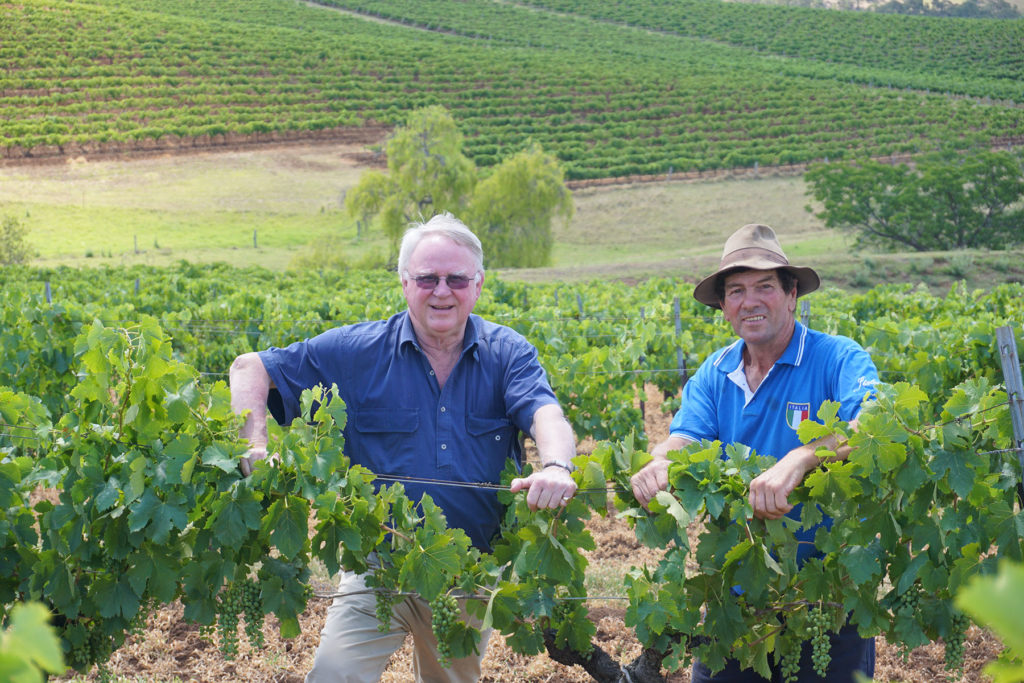
2017
The Tyrrell family purchases the Old Hillside Vineyard, including the 1867 Old Patch block, from Neil and Bernadette Stevens. The Hunter Valley is home to 11 vineyard blocks that contain vines that are more than a century old and on their own roots. This purchase brings the Tyrrell family’s tally of these ancient vineyards to seven. The 2017, 2018 and 2019 vintages of the Old Patch Shiraz have all received perfect 100-point scores from US critic James Suckling. The same year, the 2005 Vat 1 Semillon wins the inaugural NSW Governor’s Trophy for Best in Show at the 2018 NSW Wine Awards, which recognises the importance of the NSW Wine industry and its connection with the Office of the Governor.
2020
Tyrrell’s becomes a member of Sustainable Winegrowing Australia. The same year, drought and smoke taint from the bushfires that devastated the Hunter region cause the loss of 85 percent of the Tyrrell’s crop.
